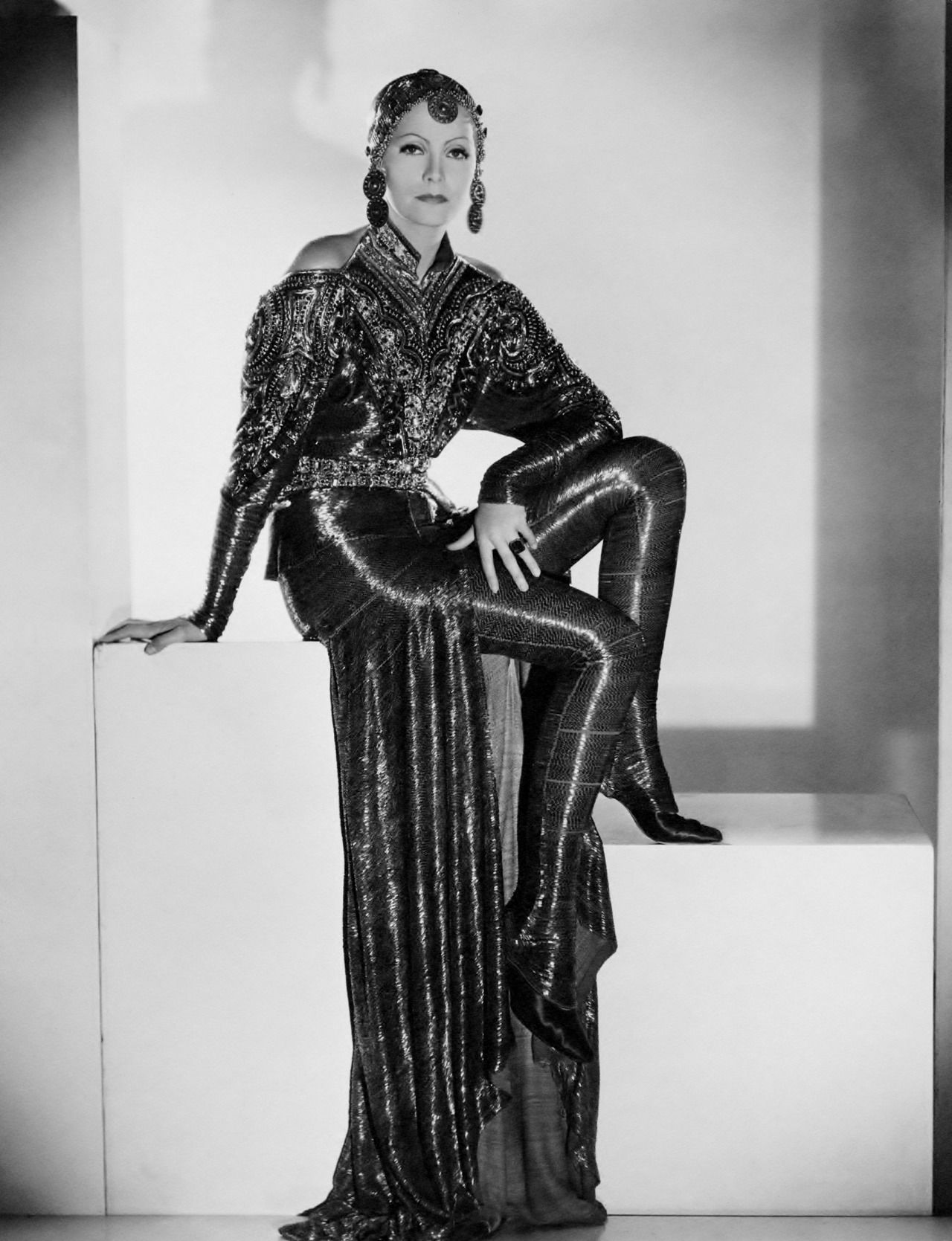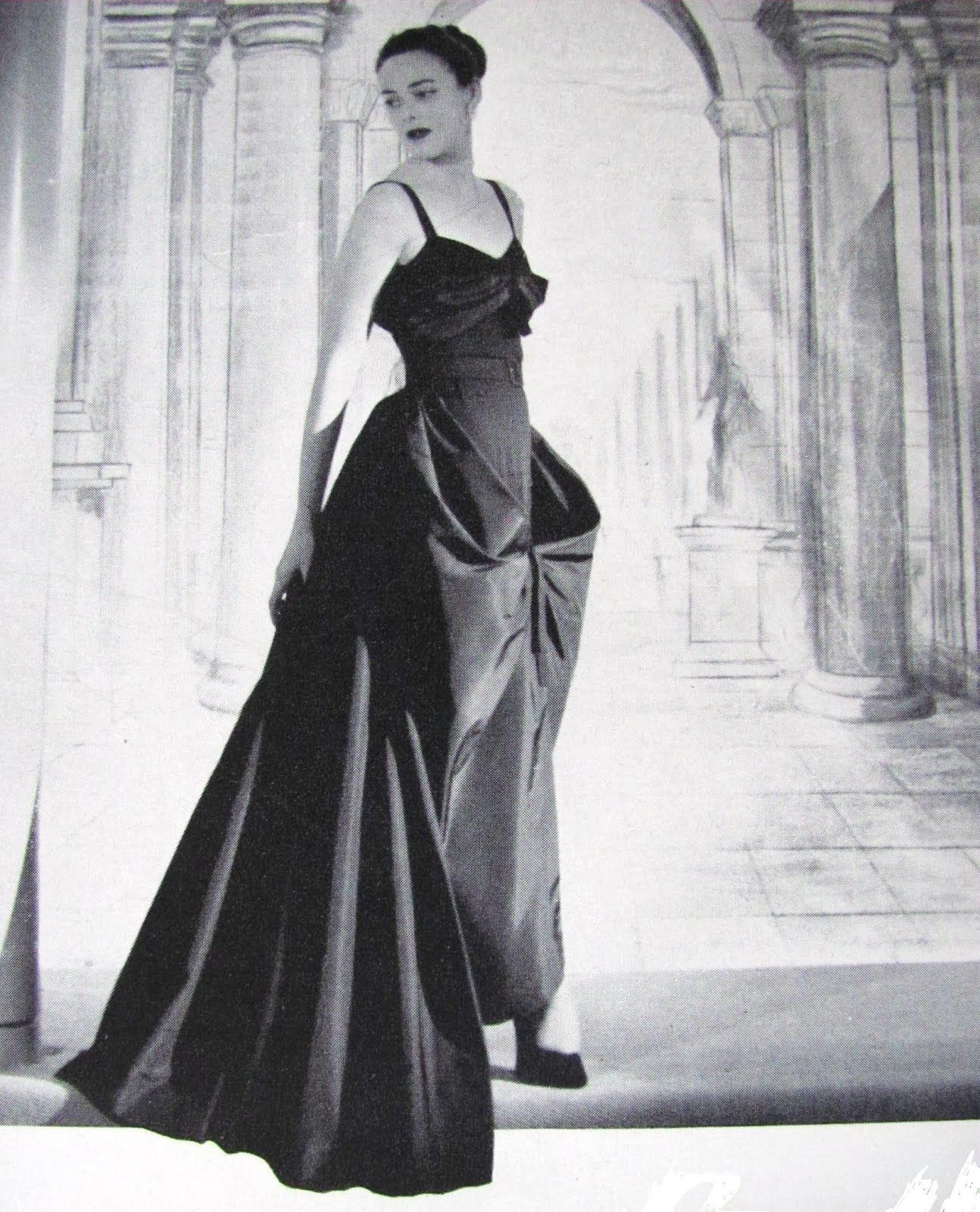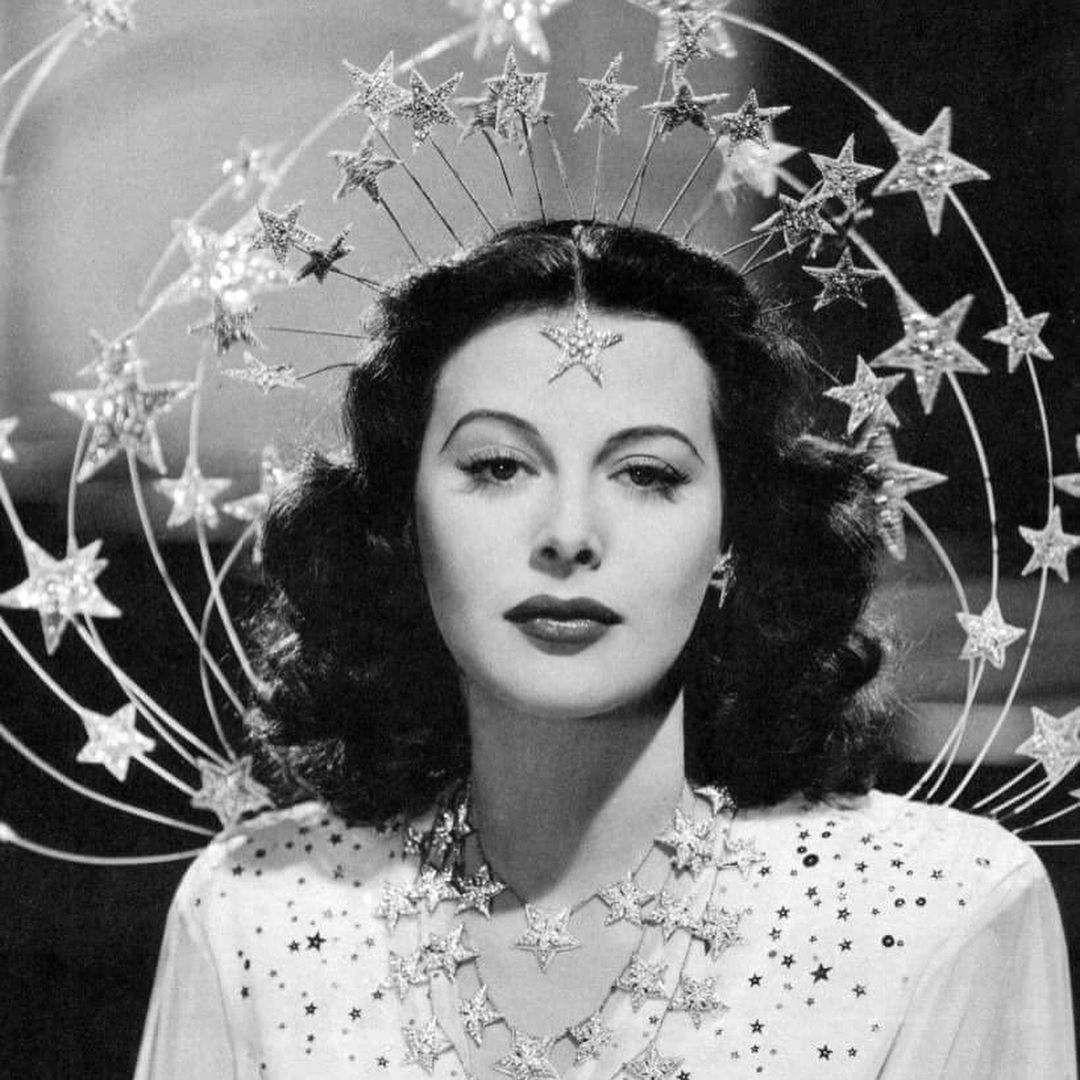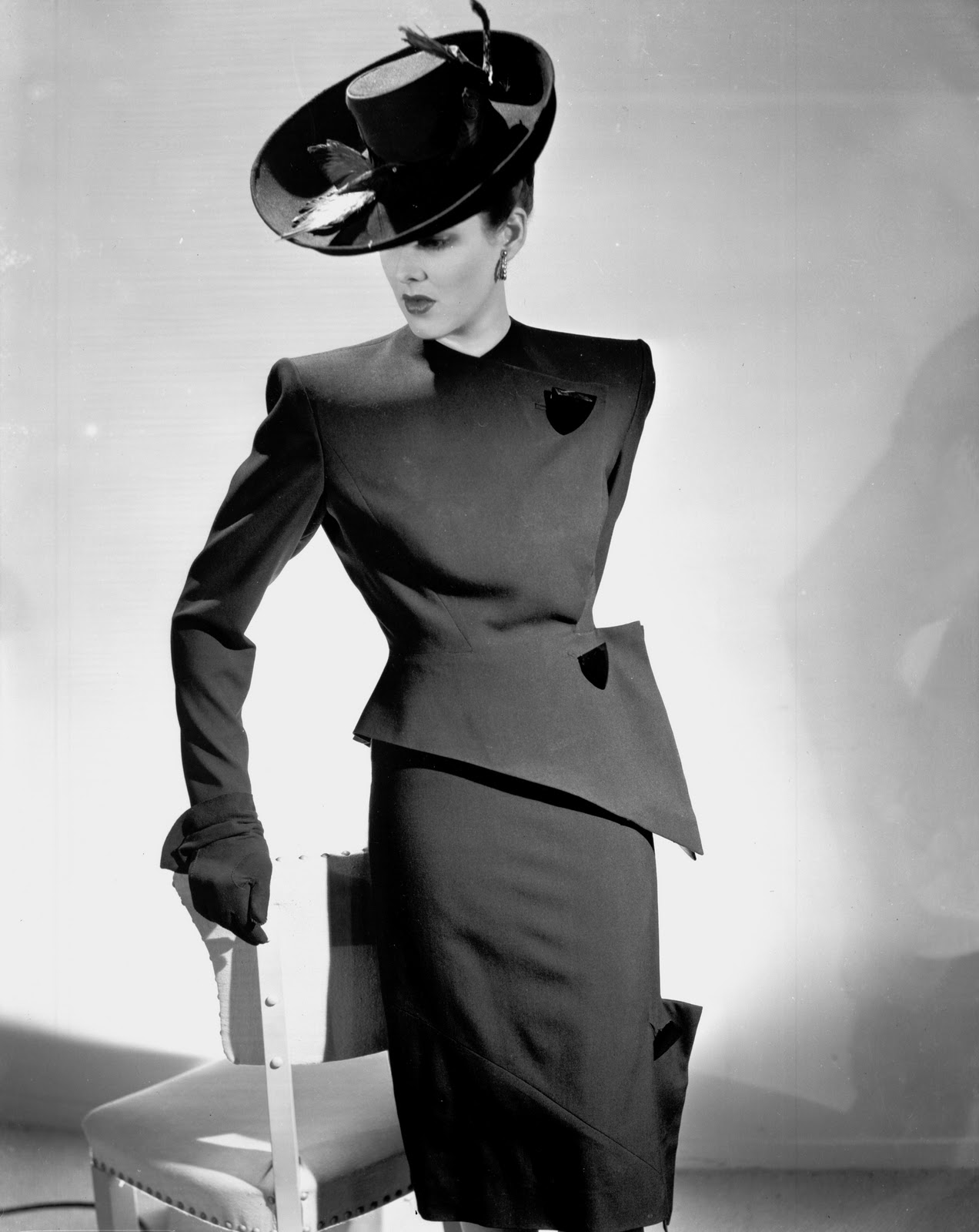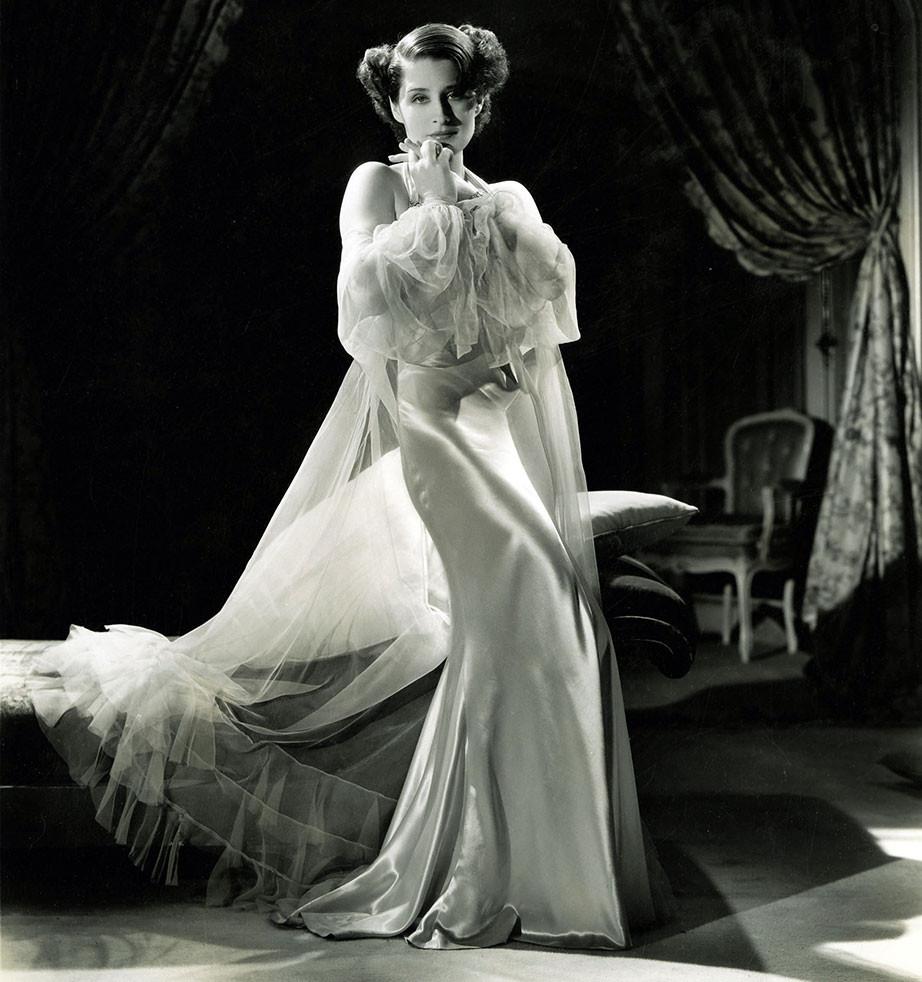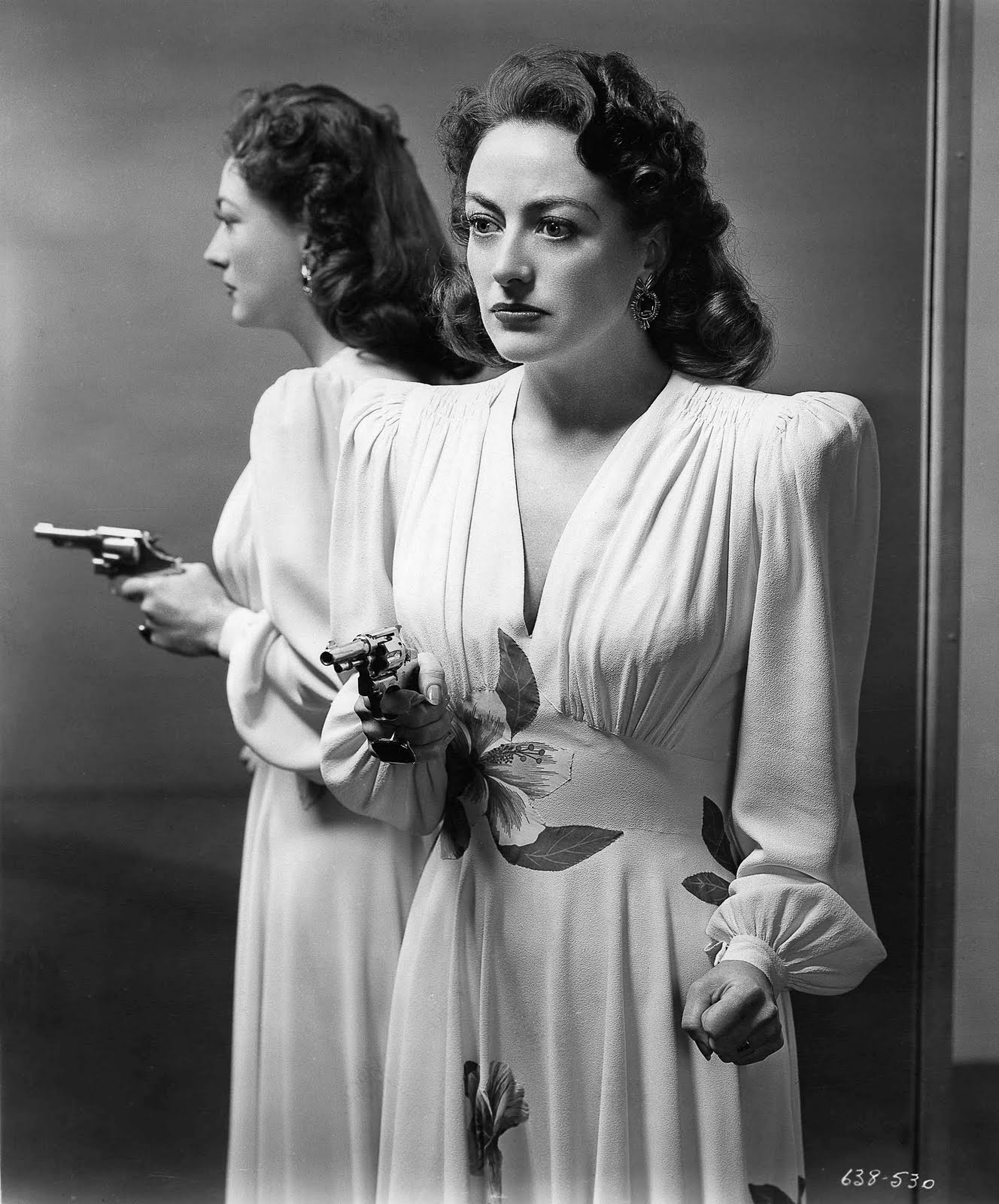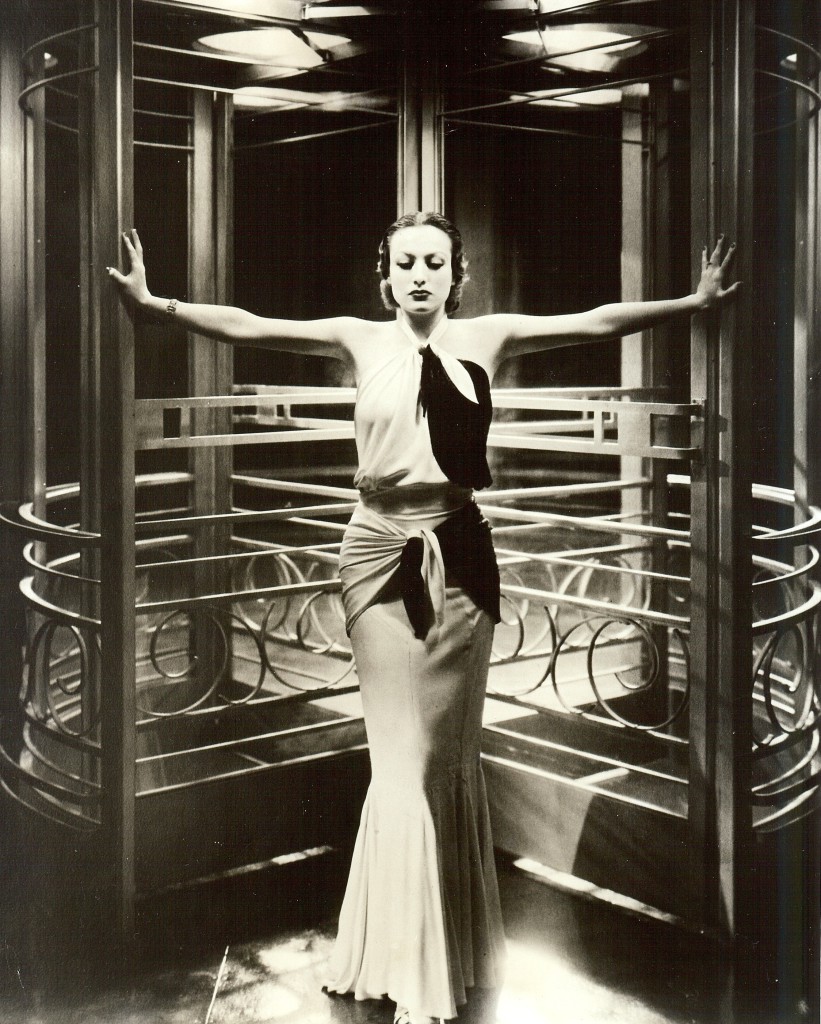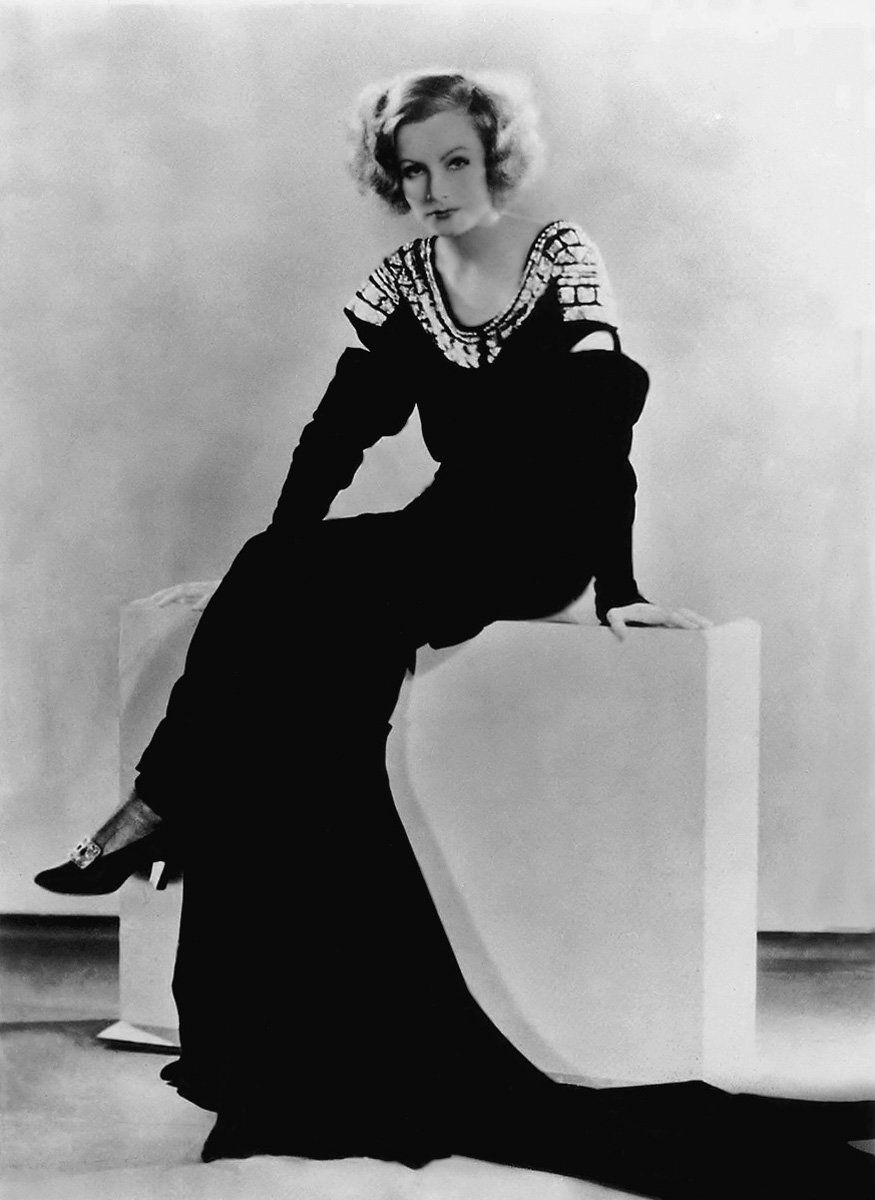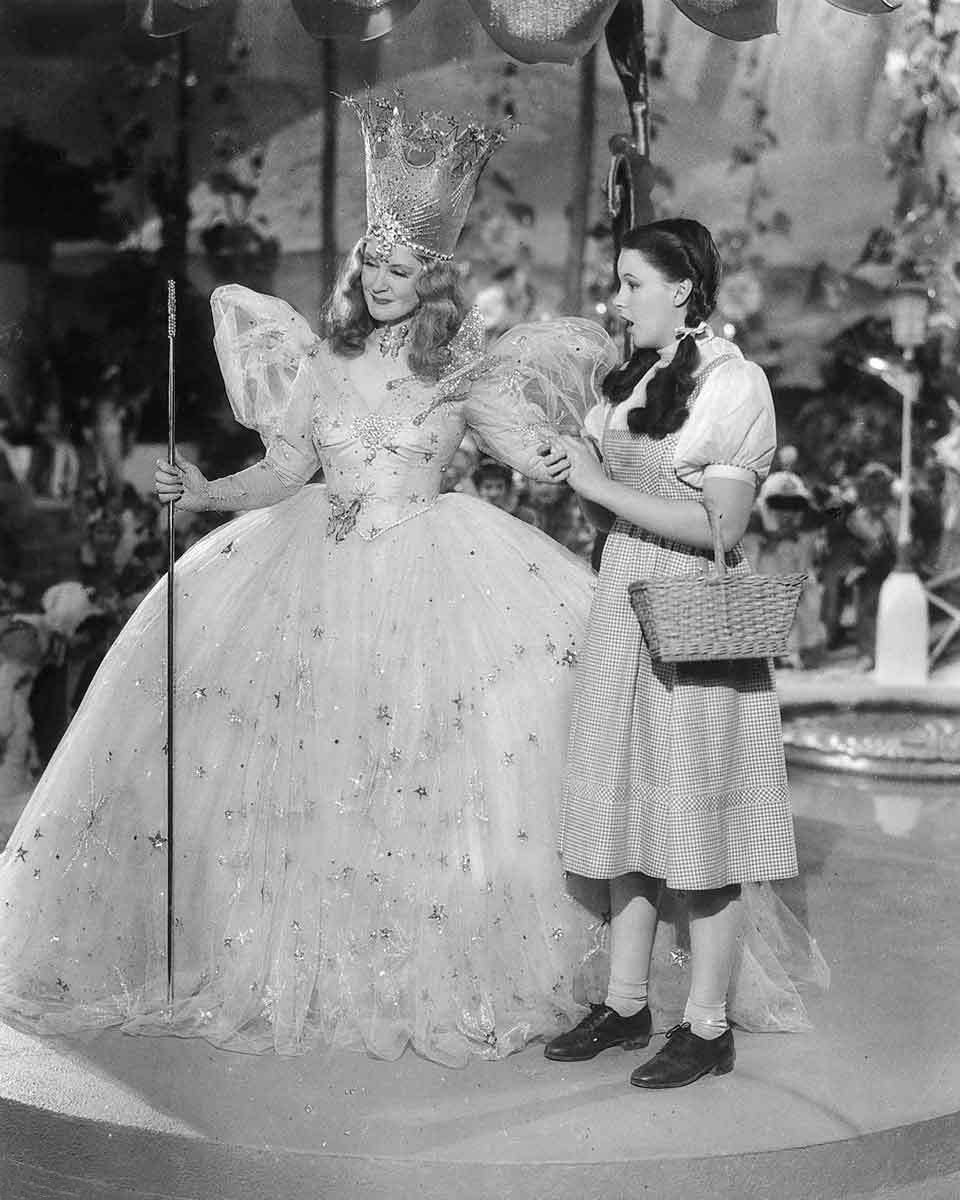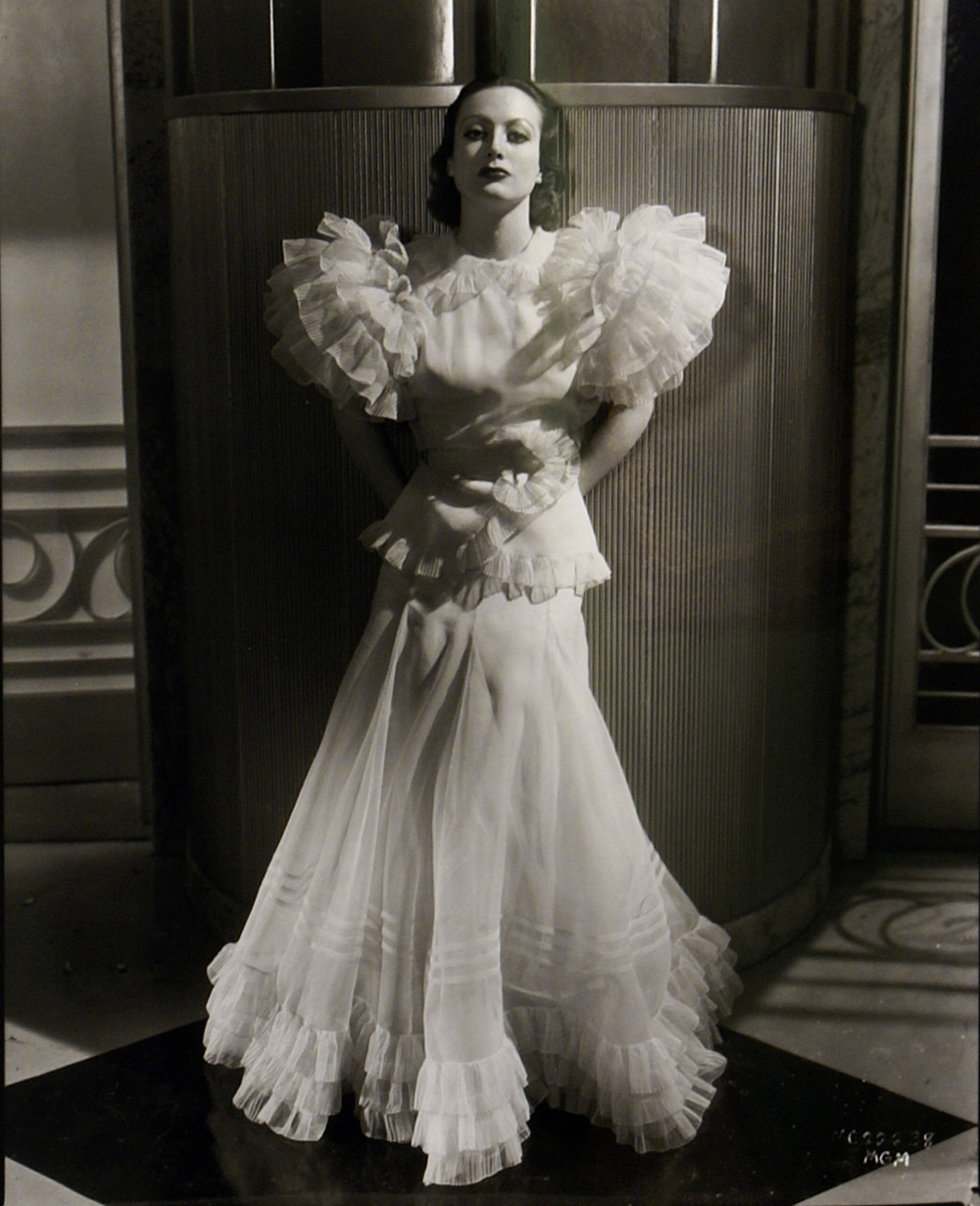Gilbert Adrian and his work at MGM Studios
Header Image Source: https://nypost.com/2017/03/24/meet-the-hollywood-designer-behind-joan-crawfords-huge-shoulder-pads/
Thumbnail Image Source: https://www.telegraph.co.uk/film/the-wizard-of-oz/making-of-facts-trivia/
Born in 1903 in Connecticut, Gilbert Adrian began his career in fashion through his parent’s successful millinery business. Studying costume design at Parson’s New York School for Fine and Applied Art, Adrian started his degree in New York and finished it in Paris, choosing to be closer to Parisian style and couture. His talent grew and after finishing his degree, Adrian moved back to New York to work as costume designer for Irving Berlin’s “Music Box Revue” on Broadway.
Adrian’s big break however, came from his costume designing work on MGM’s (Metro-Goldwyn-Mayer) 1925 film “The Merry Widow”, starring Mae Murray. In 1928, Adrian moved to MGM with fellow costume designer Cecil B. DeMille, becoming Director of MGM’s Costume Department and remaining there until 1941. Over his time at MGM, Adrian produced 50 to 75 sketches per day, designing and creating costumes for over 250 MGM films. Adrian’s time at MGM studios resulted in some of his best and most glamorous work, dressing iconic Hollywood actresses, including; Greta Garbo, Katharine Hepburn, Joan Crawford and Judy Garland. Film within the 1930s and 1940s was used as a form of escapism from the American Depression. The excessive glamour and lifestyles explored in film was appreciated by the audiences who needed an escape from the troubles of the American Depression and the Second World War, which is why Adrian’s luxurious costuming became so iconic and renowned.
Adrian designed for this concept, creating the most glamorous and dramatic silhouettes for the camera. Signature gowns, sharply tailored suits, petticoat-full dresses; all made from luxurious fabrics and embellishments. Adrian’s work even influenced the key silhouettes of the 1940s, when he added shoulder pads to Joan Crawfords costumes, which then created the signature shoulder and waist focused silhouette of 1940s fashion, helping women look and feel more masculine while men were gone during the second World War. “Who would have thought that my entire reputation as a designer would rest on Joan Crawford’s shoulders?” Adrain once said. Adrian knew how to use costumes to make women feel glamorous, adding personality and iconic traits to the films characters. His most well-known MGM film was The Wizard of Oz, creating the iconic costumes for all performers, including Judy Garland’s (Dorothy’s) ruby slippers, which are now held at The Smithsonian.
In 1941, Greta Garbo left MGM and Adrian decided to leave too. “When glamour goes for Garbo, it goes for me as well.” Opening up a store in Beverly Hills, Adrian created two lines; “Adrian Originals” (for special couture garments for private clients) and “Adrian Custom” (off-the-rack garments for regular customers). Adrian adapted his film-ready designs for everyday wear, without losing its luxury and glamour. The fabric limitations of the second World War forced Adrian to adapt to reality, reducing cuffs, lapels, pockets and collars. Providing women with the ability to feel glamorous in their everyday lives within the constraints of the war; creating shouldered suits, cocktail dresses and ant-infused gowns. The interior design of the store was decorated to make every customer feel like a star. He used classic Hollywood motifs, columns, oriental-inspired canopies, black velvet and the ‘Oval Room’, a circular room of mirror to help the customer see themselves from every angle. Adrian also created accessories, shoes, jewellery and perfume (named ‘Saint’ and ‘Sinner’). Adrian’s own boutique and clothing lines were so successful, his advertisements were seen in Vogue, Harpers Bazaar and Life magazines. Adrian continued this business until 1952, retiring after suffering a heart attack. He spent the rest of his life in Brazil, passing away in 1959 at age 56.
“I just want to knock the audience’s eyes out.”

